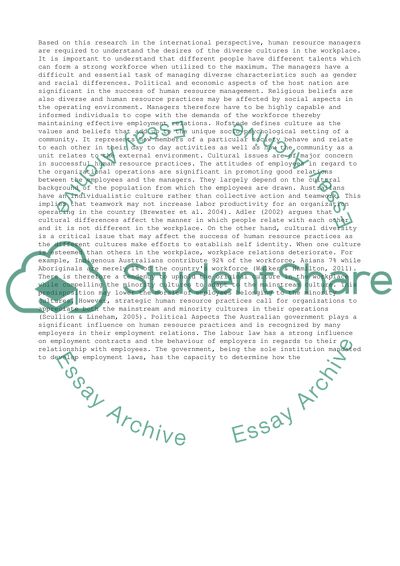Cite this document
(“International Human Resource Management Essay Example | Topics and Well Written Essays - 2000 words”, n.d.)
Retrieved from https://studentshare.org/management/1395636-international-hrm
Retrieved from https://studentshare.org/management/1395636-international-hrm
(International Human Resource Management Essay Example | Topics and Well Written Essays - 2000 Words)
https://studentshare.org/management/1395636-international-hrm.
https://studentshare.org/management/1395636-international-hrm.
“International Human Resource Management Essay Example | Topics and Well Written Essays - 2000 Words”, n.d. https://studentshare.org/management/1395636-international-hrm.


